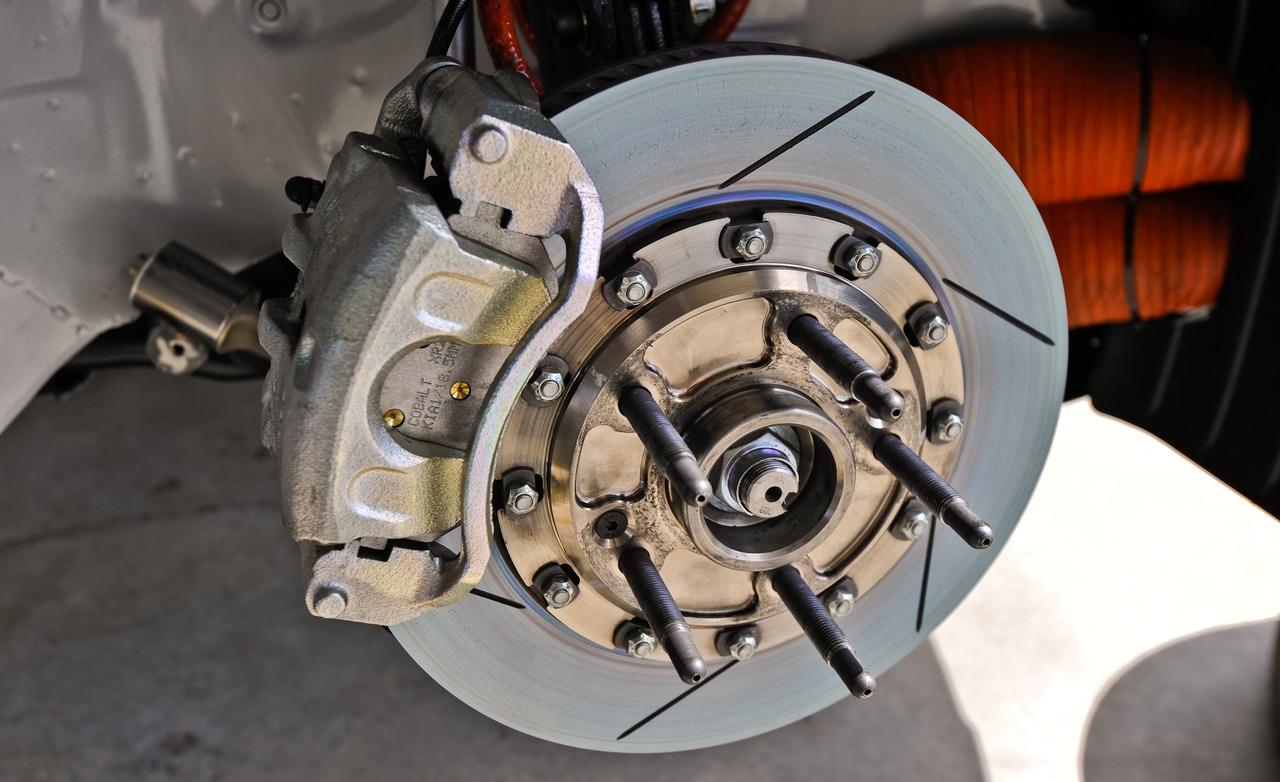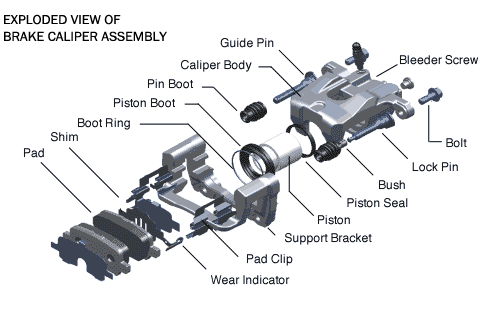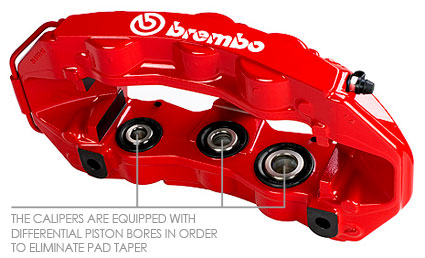A Nerdy Look into Brake Caliper Pistons

There are several factors at play when it comes to stopping your Mustang. These range from pad friction material, rotor material, suspension design, tire traction, and more. We’ll be looking into brake caliper pistons and how they impact stopping your pony car for late braking or even just emergency stopping. It’s a very important and sometimes misunderstood portion of the brake system, so let’s take a look at those pistons.

Brake caliper pistons, also sometimes referred to as “pots”, are the parts that put the force of the brake hydraulics into the piston pads to create the friction and heat forces to stop your Mustang. Pistons can be made of chrome-plated steel, aluminum or phenolic resin thermoset polymer. Simply known as a phenolic piston, the material is a type of synthetic polymer made by phenol, or substituted phenol with formaldehyde, or more simply, it is a form of plastic. The result is a material that is less prone to heat, moisture, and the environment around it.

Piston counts range from one large piston on a sliding caliper to multiple pistons on a fixed caliper. With that in mind, which is better? One large piston, or several smaller pistons? It mostly depends on what you’re looking to get out of your calipers. A larger piston will have more contact with the brake pads and will give more clamping force; however, multiple pistons can also increase the clamping force in a much smaller package. Clamping force is area = pi * the piston radius squared * the number of pistons. There is also a tradeoff in pedal effort in a large single-piston setup over a multiple-piston setup as the brake fluid volume required for the multiple pistons will be less than a larger single piston.

Finally, many multiple piston calipers utilize staggered pistons. Normally seen on six-plus piston calipers, the stagger of the piston bore sizes allows a pressure differential between the leading and trailing edge of the caliper. The trailing edge piston will be larger than the leading edge piston for taper wear, as there is a buildup of incandescent materials and debris that gets trapped between the pad and rotor. There is more pressure at the larger piston and it forces the pistons to close in a way to prevent taper wear on the pad.
